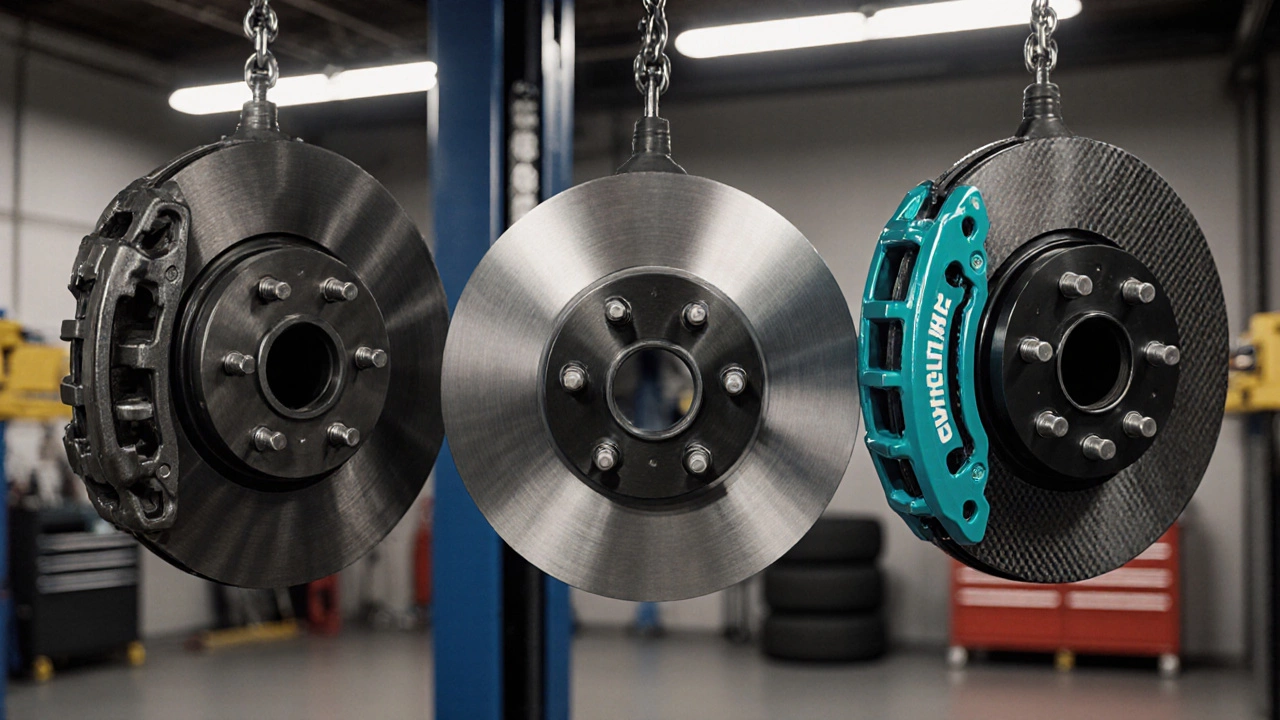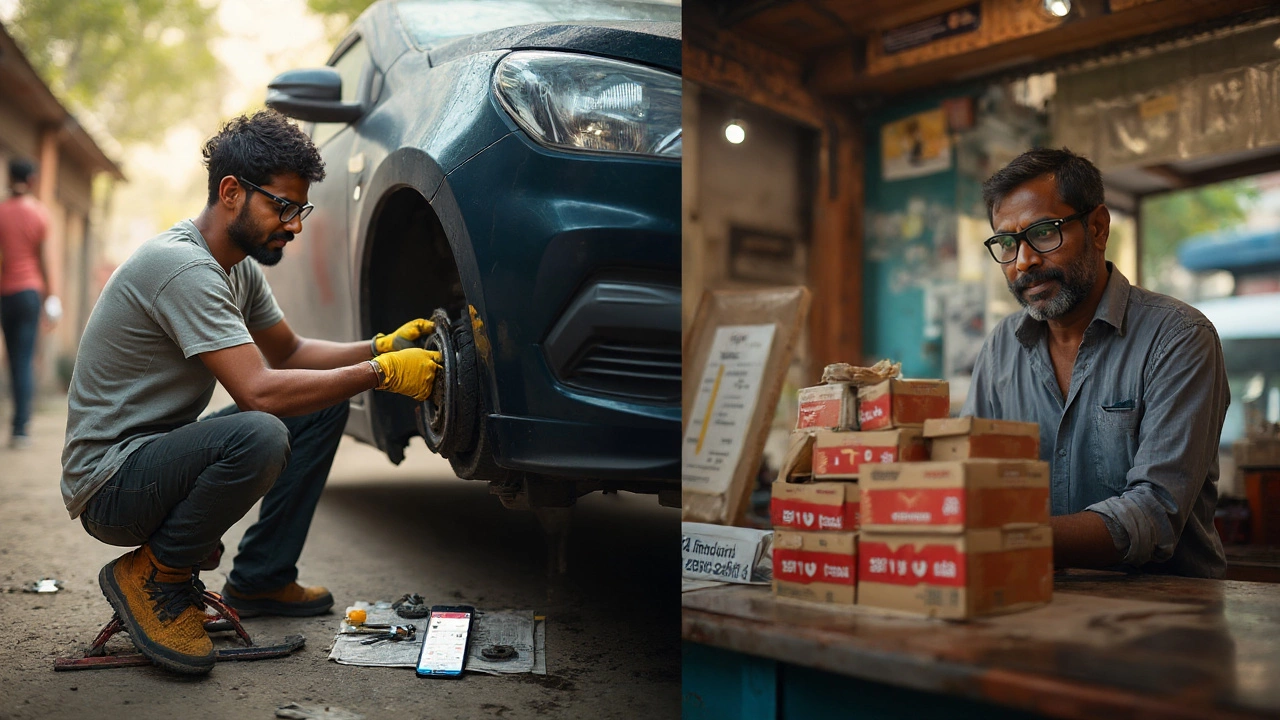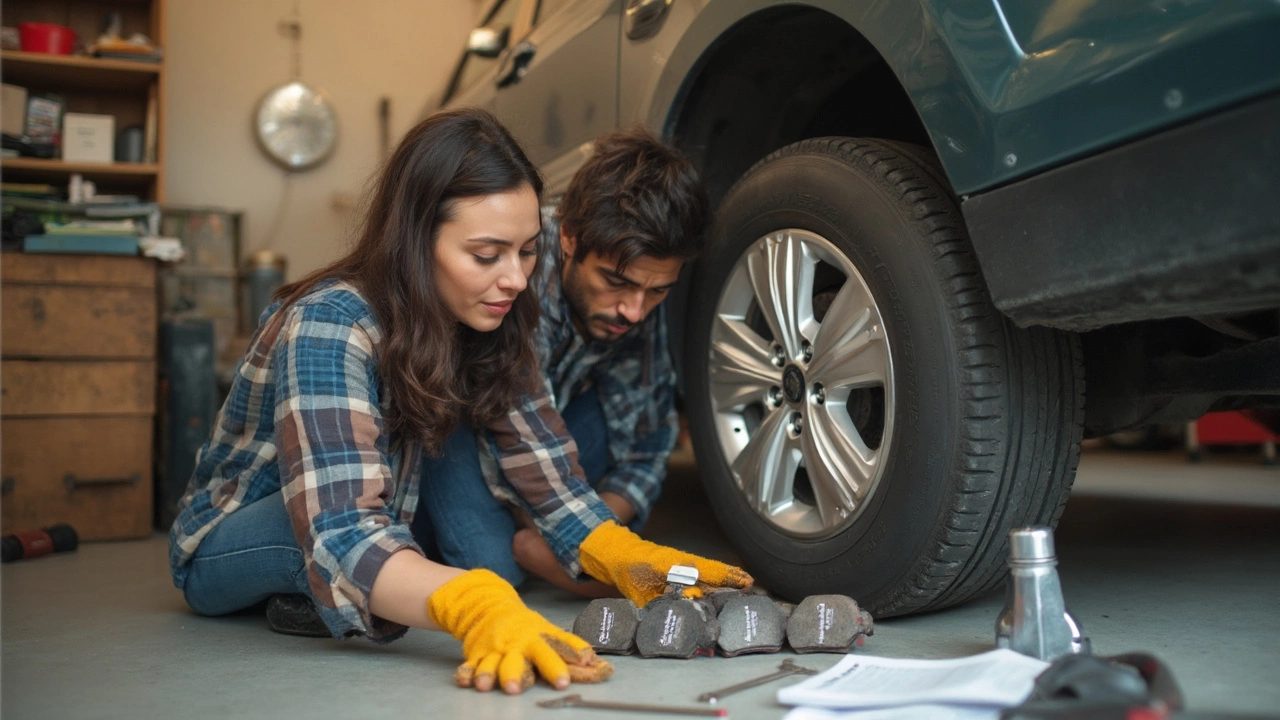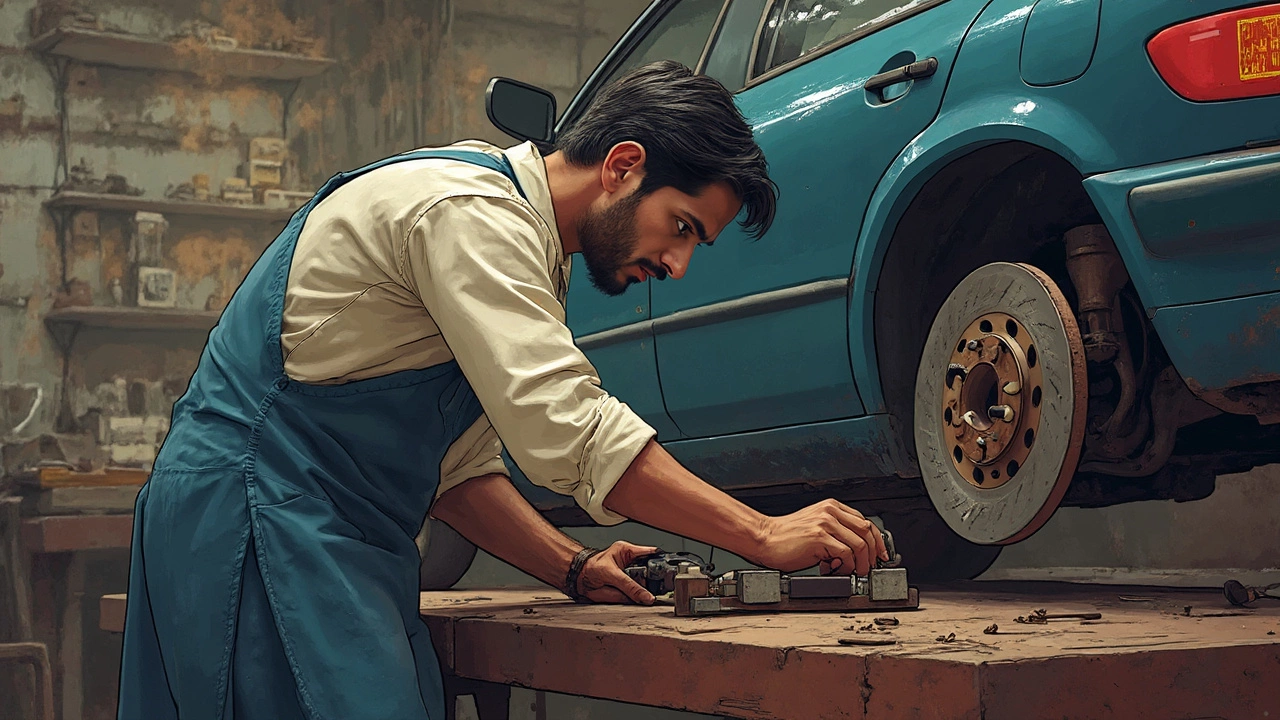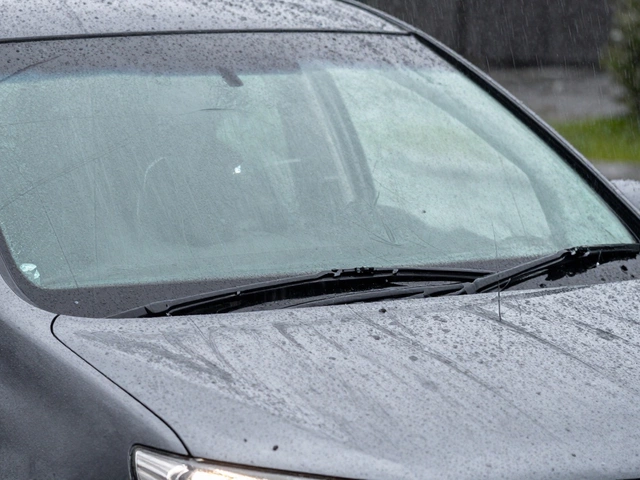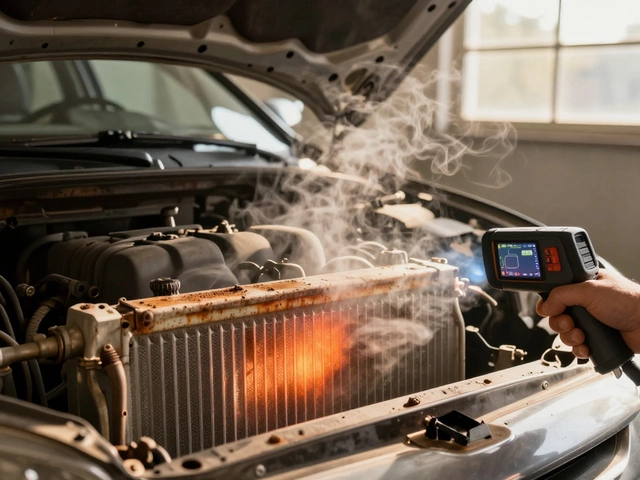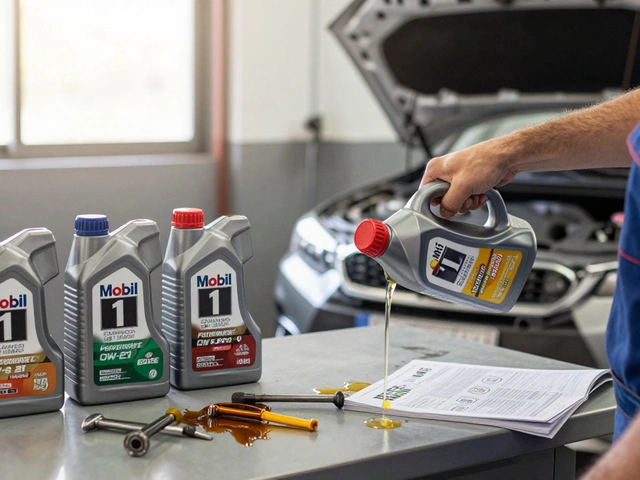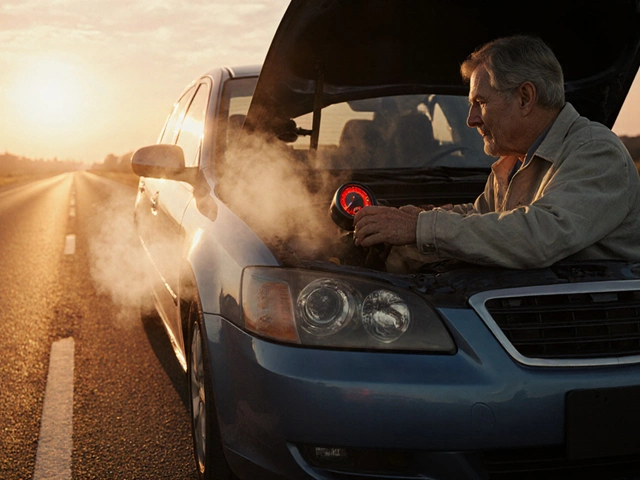Brake Pads: When to Change Them, How to Save Money and Do It Right
If you hear a squeal when you brake or feel the pedal sink lower, it’s probably time to look at your brake pads. They’re the part that presses against the rotor to slow your car, so worn pads mean longer stopping distances and higher repair costs later. In this guide we’ll show you how to spot the signs, decide if you need all four pads replaced, and figure out whether buying the pads yourself or letting a shop do the job saves you money.
How to Know Your Pads Need Replacing
The easiest way to check is the noise. A high‑pitched squeal usually means a wear indicator is touching the rotor – that’s your cue to act. If you hear a grinding sound, the pads are already gone and the metal is contacting the rotor, which can ruin the rotor itself. You can also feel a soft, spongy pedal feel; that’s the car trying to compensate for reduced friction. Finally, a quick visual check through the wheel well often reveals a thin pad thickness (under 3 mm) and helps you decide which corners need attention.
DIY vs. Professional Replacement
Most people can swap out front pads with a basic set of tools – a jack, lug wrench, socket set, and maybe a brake caliper piston tool. The job usually takes under an hour per axle if you follow a step‑by‑step guide. The upside is you pick the exact pad brand you want and avoid labor markup. The downside is you risk contaminating the pads with oil or missing the torque specs, which can cause uneven wear.
If you’re not comfortable lifting the car or handling the caliper, a shop will do the work in about the same time you’d spend on a DIY job, but you’ll pay for labor (often $80‑$150 per hour) plus any shop‑only fees. The benefit is a professional inspection of the rotors, brake fluid, and any hidden damage.
One smart middle ground is to buy the pads yourself and still have a shop install them. You keep control over the part cost (sometimes $30‑$80 per set) and let the pros handle the tricky bits. Many shops are happy to do that as long as you give them the exact part number.
When you replace pads, think about the rotors. If the rotors are scored, warped, or under 0.1 mm thick, swapping only the pads can cause vibration and reduced brake performance. In many cases a light resurfacing will do, but if the rotors are near the end of their life, replace them together to avoid a repeat visit.
Another common question is whether you need to replace all four pads at once. The short answer: not always. Front pads usually wear faster because they do most of the stopping work. If the rear pads are still above the wear line, you can keep them. However, if you notice uneven wear, squealing on both axles, or you’re doing a full brake job, changing all four gives balanced braking and avoids future surprises.
How long do pads last? It varies based on driving style, vehicle weight and road conditions. Highway commuters often see 50,000‑70,000 miles, while city drivers who brake hard every few seconds might need new pads every 20,000‑30,000 miles. The best practice is to inspect them every 10,000 miles or whenever you notice a change in brake feel.
Finally, keep an eye on the cost side. In 2025 the average DIY pad cost is about $45 per set, while a shop includes $120‑$150 labor. Add the price of a rotor if needed and you can easily save $80‑$150 by handling the purchase yourself. Just be sure you have the right tools and follow safety steps: always jack the car on a flat surface, use jack stands, and never work under a car supported only by a jack.
Bottom line: check your pads regularly, listen for squeals, and decide early whether a DIY swap or a professional install makes more sense for your budget and skill level. A little preventive care now keeps you safe on the road and puts cash back in your pocket later.

How Much Should 4 Brake Pads Cost in 2025?
Find out how much 4 brake pads should cost in 2025 based on car type, pad material, and location. Get real prices, what to avoid, and how to save without sacrificing safety.
CONTINUE READING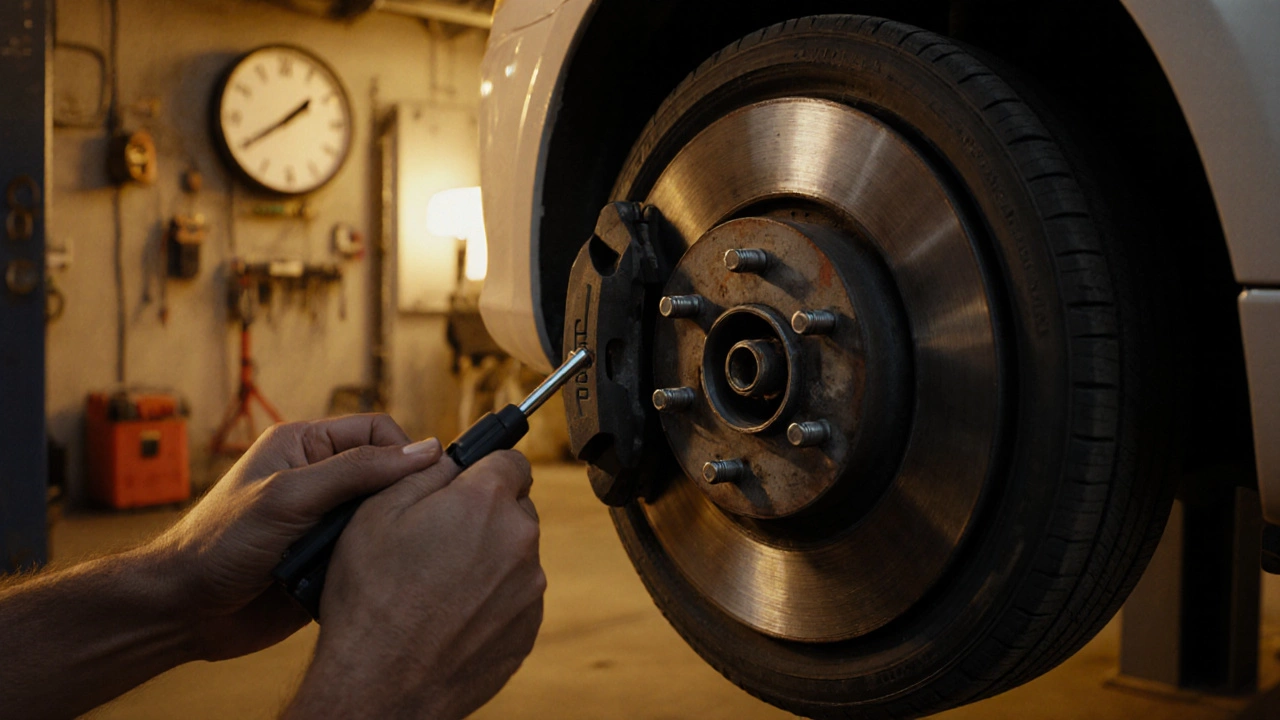
Brake Pad Replacement Time Guide: How Long Should It Take?
Find out how long a brake pad replacement really takes, with detailed time estimates, step‑by‑step breakdowns, tools needed, and tips for both DIYers and professional shops.
CONTINUE READING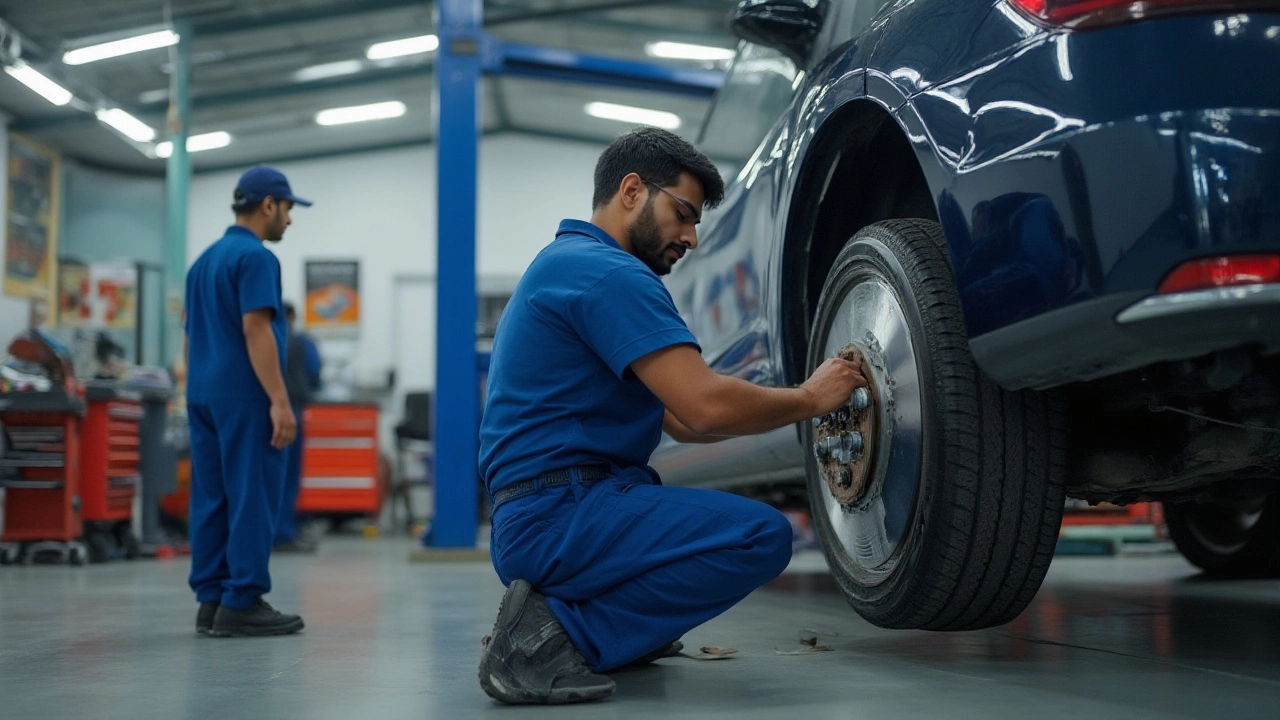
Do I Need New Rotors or Just Brake Pads? How to Tell & What to Do
Not sure if your car needs new rotors or just brake pads? Get the facts on symptoms, lifespan, costs, and expert tips to keep your brakes safe and quiet.
CONTINUE READING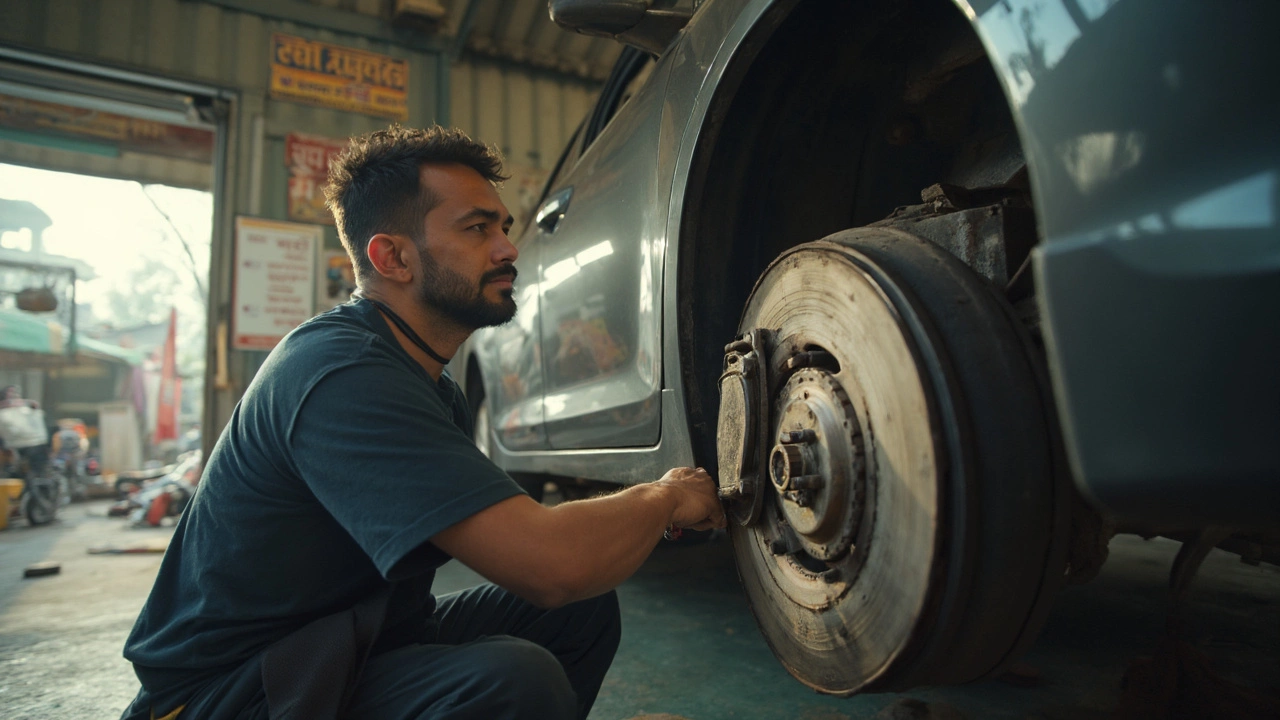
Do I Need to Replace All 4 Brake Pads? Honest Answers for Drivers
Wondering if you have to replace all four brake pads at once? This guide tackles common myths, practical advice, and the reasons brakes wear out unevenly. Get tips on how to inspect your pads and how mechanics decide which ones really need changing. Find out how to save money and avoid unnecessary repairs while keeping your drive safe. Learn the warning signs that mean it's time to visit a shop right away.
CONTINUE READING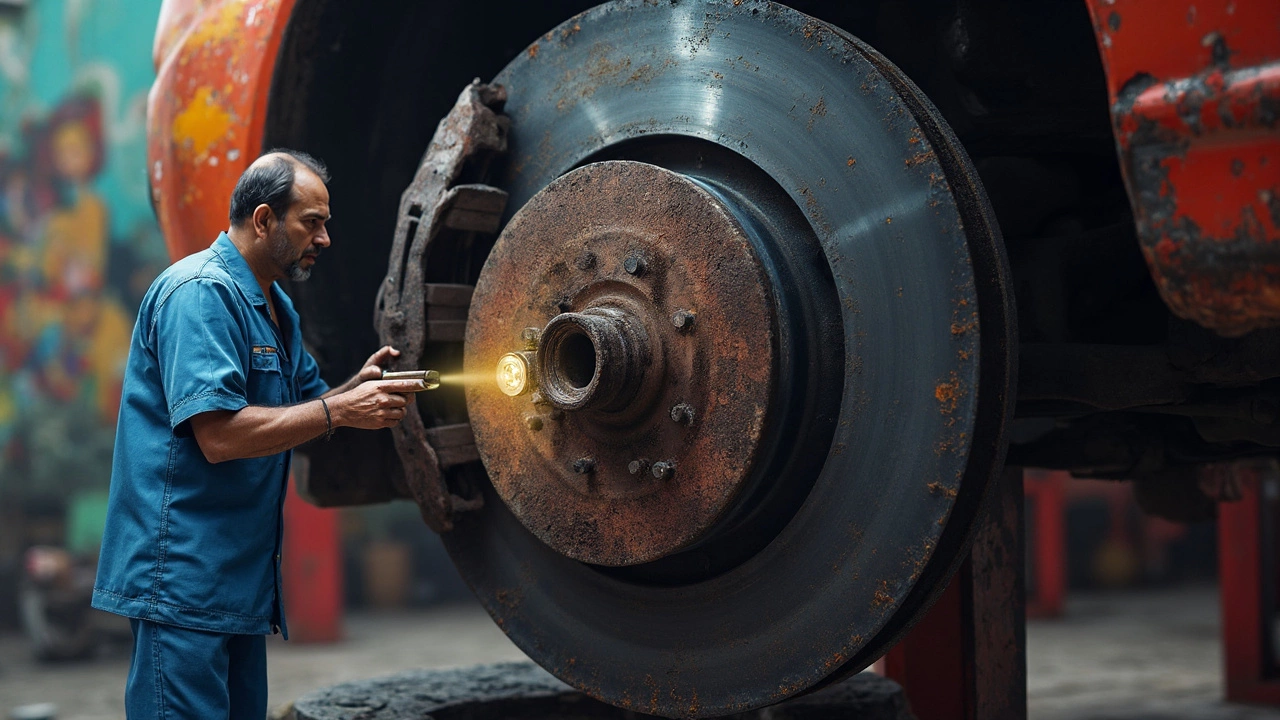
How to Check If Your Brake Pads Are Worn Out
Inspecting your brake pads is crucial for vehicle safety. This article guides you on identifying signs of worn brake pads, providing practical advice and tips to maintain them effectively. Learn how to detect wear through noise, feel, and visible indicators, ensuring your brakes function optimally. Early detection can save you from costly repairs down the line.
CONTINUE READING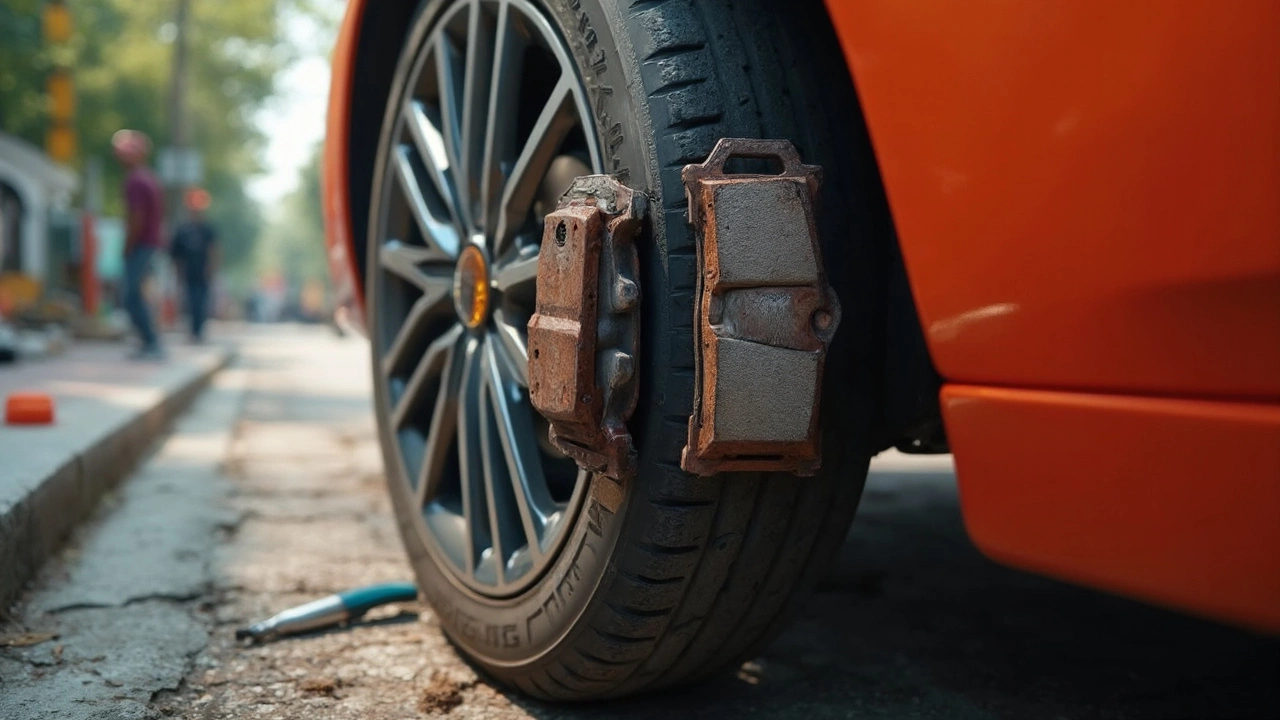
How Many Miles Do Brake Pads Last? Insights You Need
Understanding how long brake pads last is key to keeping your car safe and running smoothly. Factors like driving habits, vehicle weight, and road conditions all play a role in their lifespan. Consistent checks can prevent unexpected costs and ensure you're not heading for trouble. Learn how to estimate brake pad longevity and spot signs of wear before hitting the road.
CONTINUE READING